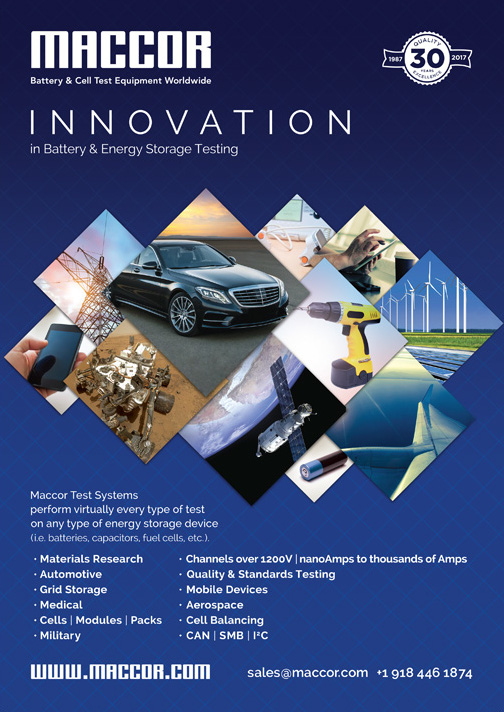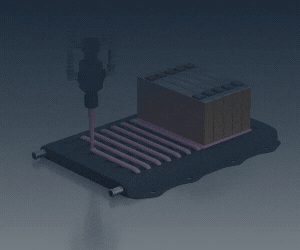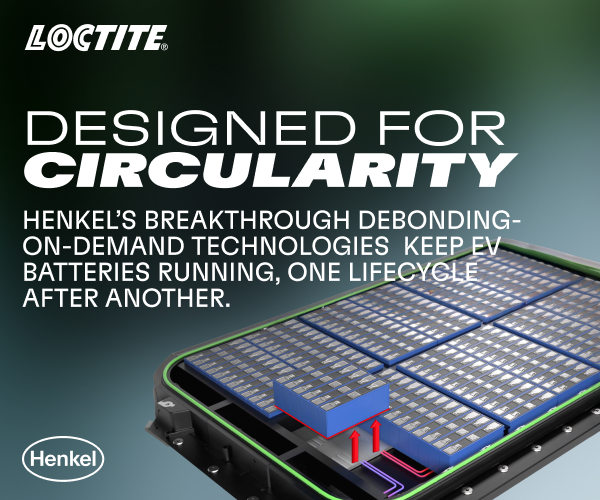Bio inspired batteries

Engineers in the EV and battery sectors are locked in a relentless pursuit: higher energy density, faster charging, greater safety and more sustainable materials. The work involves poring over electrochemical equations, exploring novel material combinations and refining manufacturing processes. Yet, a vast and largely untapped reservoir of innovation lies tantalisingly before them – the intricate energy storage solutions honed by billions of years of evolution in the natural world. The bio-inspired battery, therefore, is a very promising area for research and development into novel electrodes, electrolytes and electrode-electrolyte interfaces, for example, writes Peter Donaldson.
Nature is replete with masters of energy management. Electric eels, for example, are capable of generating powerful electric shocks using stacks of specialised cells, while hummingbirds fuel their extremely high metabolic rates with rapid energy conversion from nectar. Even trees – seemingly static but dynamic in reality – store vast amounts of energy in complex carbohydrate structures. These biological systems, optimised for efficiency, resilience and resourcefulness, offer invaluable pointers to potential next-generation battery technology.
One promising avenue lies in mimicking the hierarchical structures found in biological energy storage. Think of the intricate branching networks in leaves that maximise surface area for energy capture, or the porous structures in bones that combine strength with efficient material use. Applying similar principles at the nanoscale within battery electrodes could lead to significantly enhanced ion transport and faster charging rates. Imagine electrode materials with self-assembling, bio-mimetic architectures that optimise ion pathways and minimise diffusion limitations.
Furthermore, nature excels at using readily available and sustainable materials. Instead of relying on conflict-restricted minerals and energy-intensive extraction processes, scientists and engineers could explore bio-derived polymers, cellulose-based substrates or even melanin-like pigments for electrode materials. The development of biocompatible and biodegradable battery components would not only address environmental concerns but also potentially unlock new manufacturing paradigms. Consider the possibilities of ‘growing’ battery components using bio-fabrication techniques, thereby minimising waste and energy consumption.
The self-healing capabilities observed in biological systems also offer a compelling vision for battery longevity and safety. Imagine battery electrodes that could autonomously repair micro-fractures or chemical degradation, extending lifespan and mitigating the risk of catastrophic failures. Bio-inspired materials with embedded self-healing mechanisms, perhaps drawing inspiration from biological polymers or vascular networks, may revolutionise battery durability and safety standards.
However, translating the elegance of biological solutions into robust engineering applications presents significant challenges. The complex interplay of biological materials and processes often operates under conditions vastly different from those within a battery cell. Understanding and replicating these intricate mechanisms at scale will require a truly interdisciplinary approach, bridging the gap between materials science, electrochemistry and biology.
Despite these hurdles, the potential rewards are immense. Bio-inspired batteries could pave the way for EVs with unprecedented range and charging speeds, grid-scale storage solutions with minimal environmental impact and portable electronics powered by truly sustainable sources.
The core talents of scientists and engineers lie in the ability to observe, analyse, imagine and innovate. Nature offers us a vast, untapped library of successful energy storage strategies. By embracing a bio-inspired approach, the industry has the opportunity to move beyond conventional limitations and engineer a future of e-mobility powered by batteries that are not only high-performing but also inherently sustainable and resilient – truly learning from life itself, which has proved its ability to innovate its way throughout the eons. The time to look to nature for the next major battery breakthrough has come.

Click here to read the latest issue of E-Mobility Engineering.
ONLINE PARTNERS





















